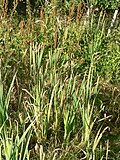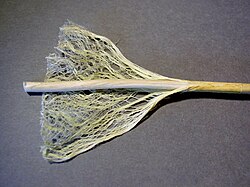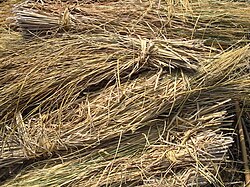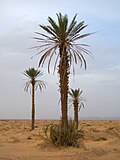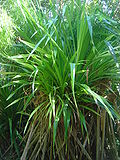Difference between revisions of "AY Honors/Mat Making/Answer Key"
From Pathfinder Wiki
< AY Honors | Mat MakingAY Honors/Mat Making/Answer Key
| (8 intermediate revisions by the same user not shown) | |||
| Line 36: | Line 36: | ||
==4. Show how to use native and synthetic dyes in dyeing mat making material. == | ==4. Show how to use native and synthetic dyes in dyeing mat making material. == | ||
==5. Make two mats showing two different types of weaving. One of the mats must have a reasonably fine weave. == | ==5. Make two mats showing two different types of weaving. One of the mats must have a reasonably fine weave. == | ||
| + | |||
==References== | ==References== | ||
[[Category:Adventist Youth Honors Answer Book|{{SUBPAGENAME}}]] | [[Category:Adventist Youth Honors Answer Book|{{SUBPAGENAME}}]] | ||
Revision as of 03:29, 8 February 2009
1. In your culture name the materials which are used in mat making.
Mats are made of many, many different types of material, including:
- Coir (coconut fibers)
- Reeds
- Bulrushes
- Hemp
- Rattan (cane)
- Various grasses
- Straw
- Palm leaves
- Screw pine (Pandanus) leaves
2. Explain and demonstrate how to prepare this material.
Coir
Reeds, Bullrushes, and Grass
Hemp
Rattan
Generally, raw rattan is processed into several products to be used as materials in furniture making. The various species of rattan ranges from several millimetres up to 5-7 cm in diameter. From a strand of rattan, the skin is usually peeled off, to be used as rattan weaving material.
Straw
Palm leaves
Screw pine
3. Name plants that can be used for making dyes in your culture. Tell where they come from and how to prepare them for dying.
Rattan
The fruit of some rattans exudes a red resin called dragon's blood. This resin was used as a dye for violins, among other things. The resin normally results in a wood with a light peach hue.

